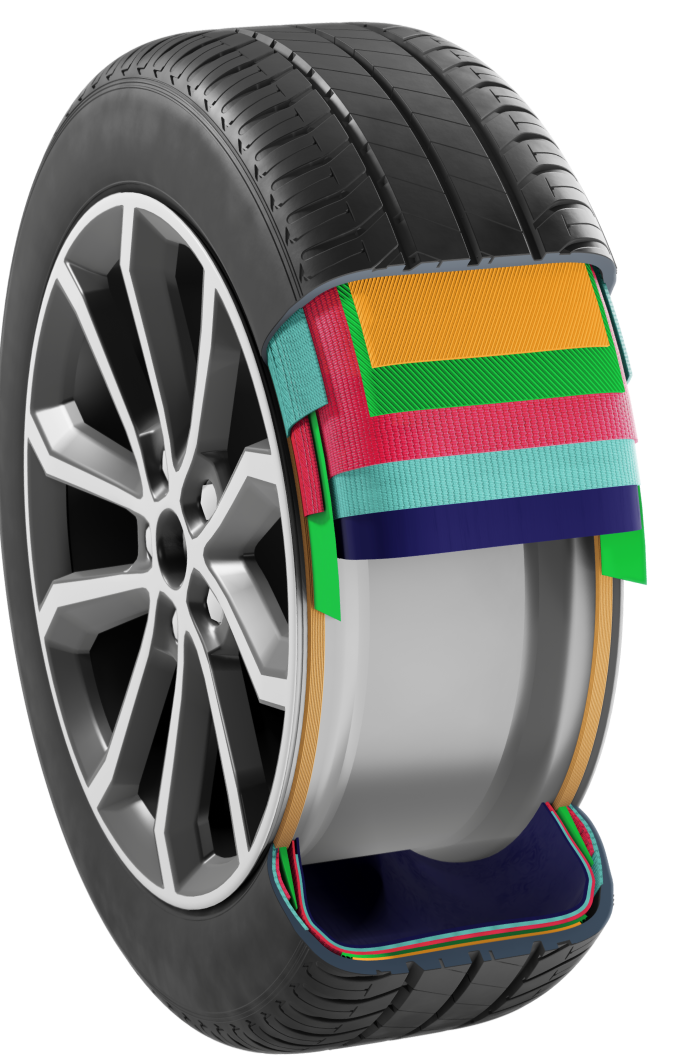Abrasion Resistance
Enhancing abrasion resistance to extend the life of tires lorem ipsum dolor

About Tires
Tires play a crucial role in society. They are
essential for the safe and efficient transport of
people and goods and can enhance car
performance and comfort.
Tires are manufactured to provide abrasion resistance, low rolling-resistance, and wet traction; however, the laws of physics and material science result in a tire “performance triangle” where improvement of one performance comes at the expense of the others.
Enhancing abrasion resistance to extend the life of tires lorem ipsum dolor
Improving wet traction for better grip in wet condition
Optimizing rolling resistance for more energy-efficient mobility
The way tires are engineered is critical for driving safety, endurance, comfort and other performance characteristics:
Performing in wet and wintry weather
Gripping the road to steer, accelerate and brake
Optimizing rolling resistance for energy efficiency
Ensuring a long wear life
Resisting heat and speed
Absorbing impacts and vibrations
Supporting vehicle weight

A rubber compound with a tread pattern. It provides grip and abrasion resistance, contributing to traction and treadwear.
Two belts with steel cords laid at opposite angles. They stiffen the tire casing and improve wear performance and tire handling.
One or two plies comprised of polyester, rayon, or nylon cords within a rubber layer. They function as the structure of the tire, providing the strength to contain the pressure of inflation.
A rubber compound that retains the pressure of inflation inside the tire.
The bead is usually made of strands of wire. It anchors the tire and locks it into the wheel.
A rubber compound covering the body plies on the sides of the tire. It provides abrasion, scuff, and weathering resistance.

Follow us on X for the latest in tire sustainability, research, and news.